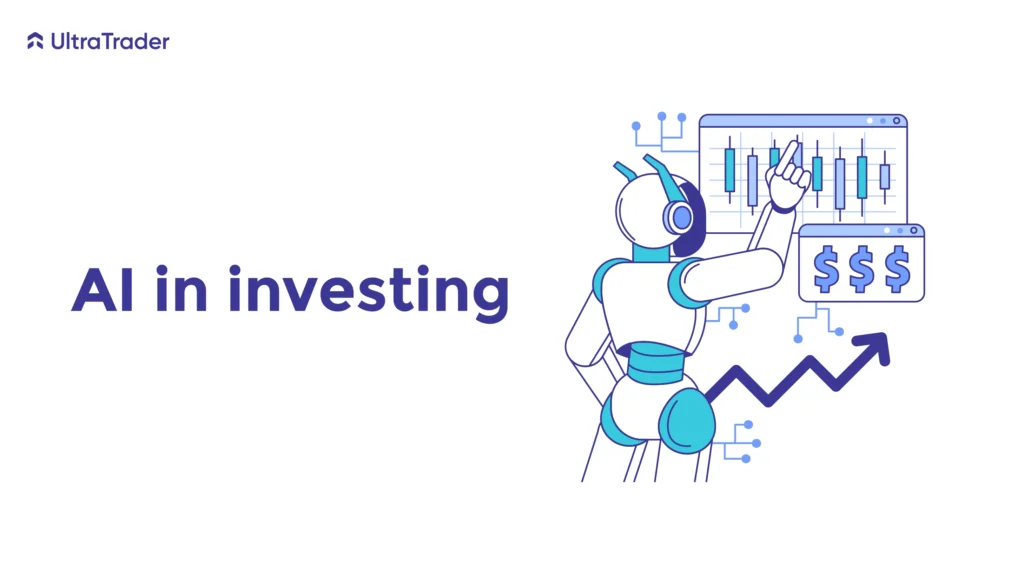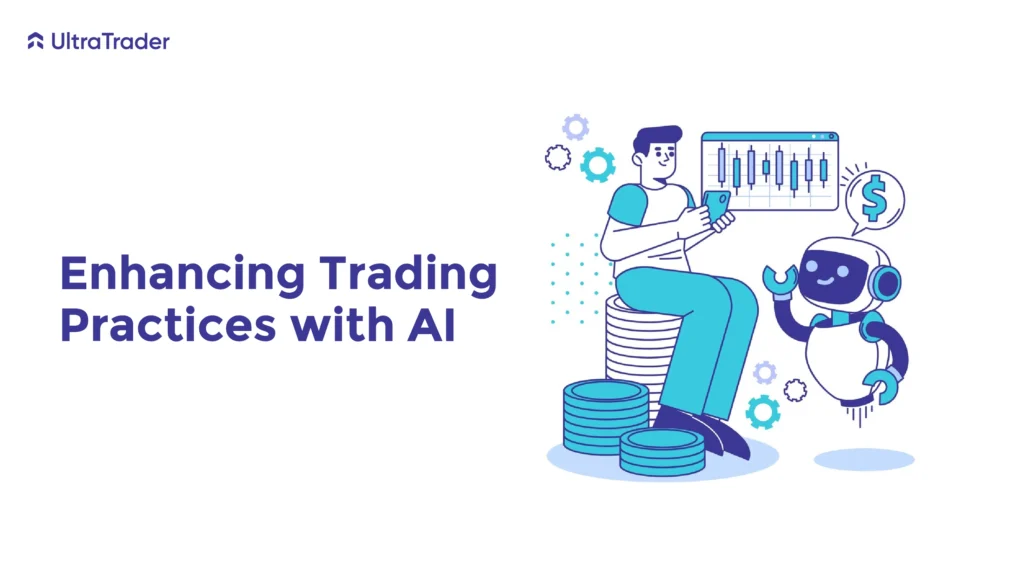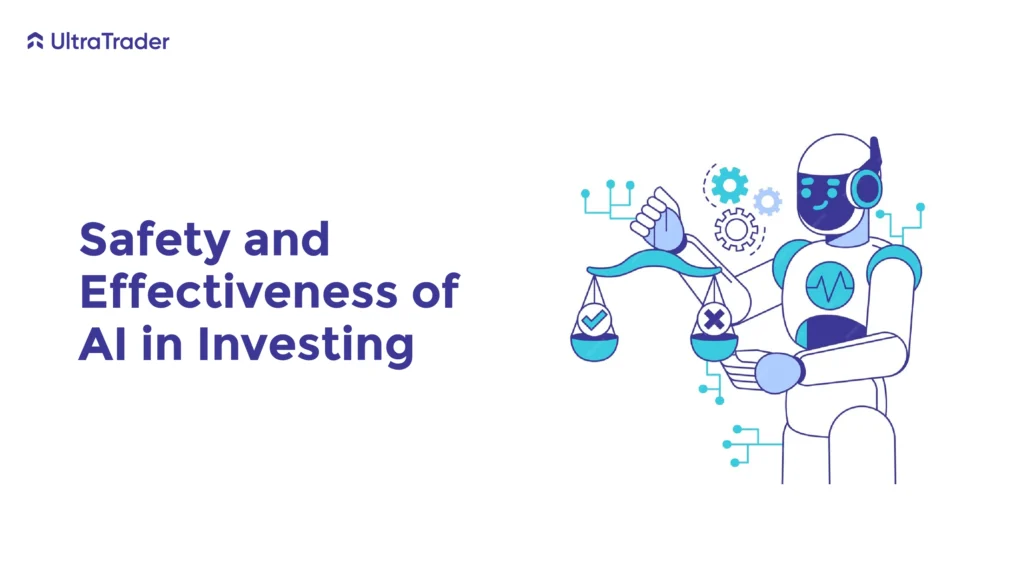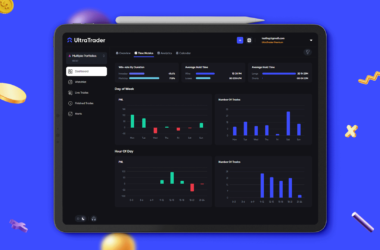
Artificial intelligence (AI) is revolutionizing the way investors approach financial markets. At its core, AI involves the use of advanced algorithms and machine learning techniques to analyze data, identify patterns, and make predictions. This technology has a wide range of applications in investing, including AI for stock trading, portfolio optimization, trading, and risk management.
In 2024, AI has become an indispensable tool for investors seeking to gain a competitive edge in the market. With unprecedented access to vast amounts of financial data and computing power, AI-powered solutions are ushering in a new era of investment management. By harnessing the power of AI, investors can make more informed decisions, identify lucrative opportunities, and mitigate risk more effectively than ever before.
Incorporating AI in Portfolio Management
Utilizing AI for Stock Picking and Portfolio Optimization
One of the key applications of AI in portfolio management is stock picking. AI algorithms can analyze vast amounts of data, including financial statements, market trends, and news sentiment, to identify undervalued stocks with strong growth potential. By leveraging AI-driven stock screeners, investors can streamline the process of identifying promising investment opportunities based on specific criteria, such as valuation metrics, growth prospects, and industry trends.
Portfolio optimization is another area where AI can add significant value. Traditional portfolio management approaches often rely on static asset allocation models, which may not fully capture changing market dynamics. AI-powered portfolio optimization tools use advanced algorithms to dynamically adjust asset allocations based on market conditions, risk factors, and investment objectives. This allows investors to construct portfolios that are more resilient to market fluctuations and better aligned with their long-term AI investment goals.
Introduction to Stock Screeners and Robo-Advisors
Stock screeners and robo-advisors are two popular AI-driven tools that investors can use to enhance their portfolio management process. Stock screeners allow investors to filter stocks based on specific criteria, such as market capitalization, valuation ratios, and dividend yields. By using stock screeners, investors can quickly identify potential investment opportunities that meet their predefined criteria, saving time and effort in the research process.
Robo-advisors, on the other hand, automate the process of portfolio construction and management. These platforms use AI algorithms to assess investors’ risk tolerance, investment goals, and time horizon and then recommend a diversified portfolio of ETFs or mutual funds. Robo-advisors continuously monitor and rebalance portfolios to ensure they remain aligned with investors’ objectives, taking the guesswork out of portfolio management and providing a hands-off approach to investing.
Automated Portfolio Building and Rebalancing Using AI
Automated portfolio building and rebalancing are two key features of robo-advisors that can help investors optimize their investment portfolios. Robo-advisors use AI algorithms to construct portfolios that are diversified across asset classes, sectors, and geographies, based on investors’ risk preferences and investment goals. These portfolios are designed to maximize returns while minimizing risk, providing investors with a well-balanced investment strategy that is tailored to their individual needs.
In addition to portfolio construction, robo-advisors also automate the process of portfolio rebalancing. As market conditions change and asset prices fluctuate, portfolios may drift away from their target allocations. Robo-advisors use AI investment algorithms to monitor portfolio performance and automatically rebalance portfolios to maintain their target asset allocations. This ensures that portfolios remain aligned with investors’ long-term objectives and helps to minimize the impact of market volatility on investment returns.
Enhancing Trading Practices with AI

Leveraging AI for Trading and Trade Management
AI offers numerous opportunities to enhance trading practices and improve investment outcomes. By using AI to trade stocks, traders can gain valuable insights into market trends, identify trading opportunities, and execute trades with greater precision and efficiency. AI-powered trading platforms use advanced machine-learning techniques to analyze market data in real time, identify patterns and trends, and generate actionable trading signals.
Use of AI Algorithms for Data Interpretation, Predictions, and Risk Management in Trading
AI algorithms play a crucial role in data interpretation, predictions, and risk management in trading. By understanding how to use AI for stock trading and employing AI-powered predictive models, traders can forecast future price movements with greater accuracy and confidence, enabling them to make more informed trading decisions.
Steps to Integrate AI into Investment Strategies
To effectively integrate AI for stock trading into your investment strategy, it’s crucial to begin by understanding your financial goals. This entails evaluating your investment objectives, risk tolerance, and time horizon to ensure they align with an AI-driven approach. Once you’ve clarified your goals, the next step is to choose the investing method that best suits your preferences and level of expertise. Whether you opt for robo-advisors or prefer to manage investments independently, selecting the right approach is key to success. With your method decided, it’s time to establish a clear investment strategy tailored to your objectives and risk appetite. Define whether you’re aiming for long-term growth, income generation, or a balanced approach.
Once your strategy is in place, it’s essential to identify the AI-driven tools that will support your investment decisions. Look for platforms offering portfolio management, stock screening, and risk assessment capabilities, including those specifically designed for AI investment. Finally, as you begin managing your portfolio, leverage automated tools to streamline processes and refine your investment approach over time. By following these steps, you can harness the power of AI to optimize your investment strategy and achieve your financial objectives.
Safety and Effectiveness of AI in Investing

Discussion on the Safety and Reliability of AI Applications in Financial Markets
While AI offers numerous benefits in investing, it’s essential to consider the safety and reliability of AI applications in financial markets. AI tools are only as effective as the data they’re based on and the algorithms used to analyze that data. Investors should thoroughly evaluate the quality of AI-driven insights and consider the potential risks associated with relying on AI for investment decisions.
Importance of Understanding AI Tools for Effective Investing Strategies
Understanding the importance of Stocks Tracker and trade analytics in AI-driven investment strategies is crucial. Investors should take the time to educate themselves about AI algorithms, machine learning techniques, and the factors that influence AI-driven predictions. By gaining a deeper understanding of AI tools, investors can make more informed decisions and better navigate the complexities of financial markets.
Conclusion and Future Outlook
In conclusion, the integration of AI into investment strategies represents a significant opportunity for investors to enhance their decision-making processes and achieve their financial goals. By leveraging AI-driven tools and techniques, investors can gain valuable insights into market trends, optimize portfolio performance, and manage risk more effectively. As AI technology continues to evolve, we can expect to see further advancements in investment management and a growing emphasis on data-driven decision-making in the financial industry. By staying informed about AI developments and embracing innovation, investors can position themselves for success in the dynamic and competitive world of investing.










